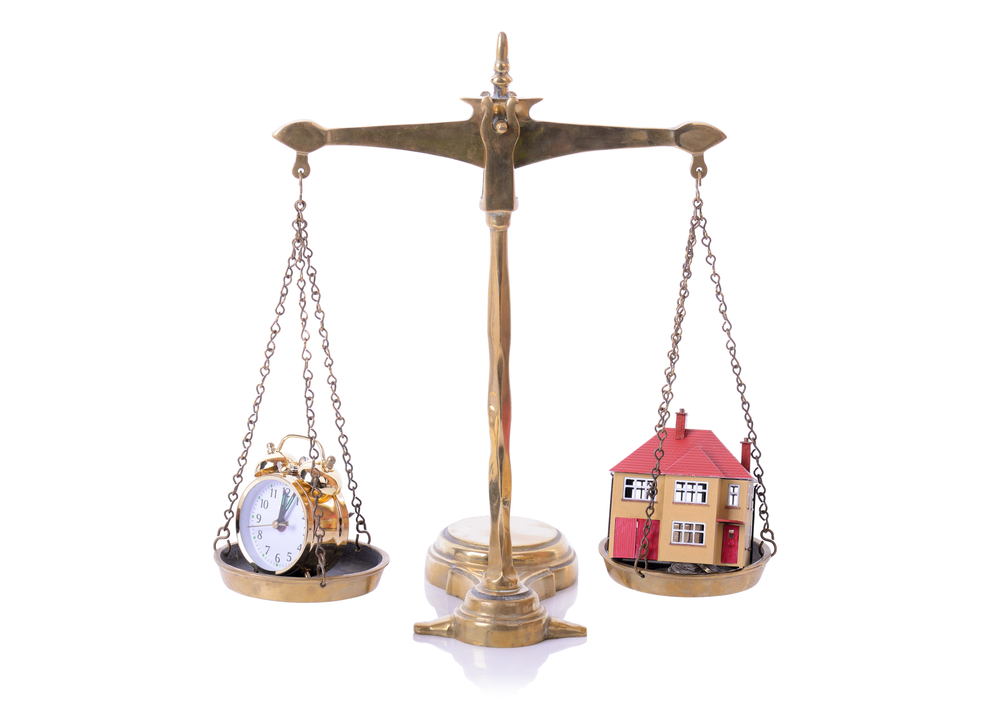Homebuyers and investors do not just have a choice between new-build and period properties. Have you considered a warehouse conversion?
There is a good reason why the great British public has a fixation with homes, and in particular their value and availability. Everybody needs somewhere to live.
Here, central London estate agent LDG kicks-off the debate about how to solve the capital’s housing crisis.
Rising concerns that Britain does not have enough residential property to house its growing population has seen politicians, the media and the public turn their focus to new-build properties.
Look at any newspaper or current affairs website and you’ll find reports about how we aren’t building enough homes in London, how we need to find space to build more on and how they will be the solution to the housing crisis.
Various schemes have been launched to encourage Londoners to end their obsession with owning period property and shift their aspirations from a Georgian terraced house to a technologically advanced eco flat.

New-builds may sell at a premium, but which is a better long-term investment: new or vintage home?
Research shows that around Marylebone in central London period properties experienced 27% greater capital appreciation than new builds, increasing in value by 16.2% a year compared with 12.8% for new builds.
This lower rate of increase can be attributed in part to the higher prices that new builds command in the first place. The maximum asking price for a new build home is £4357 per square foot compared with an average in the central London W1 and W2 postcodes of £1903 per square foot.
Investors typically prefer new-build flats because they require less maintenance and come with facilities such as a gym, pool or concierge that appeal to tenants.
While they reduce a landlord’s overall costs, new-builds are a cost-effective option for owner-occupiers because their superior energy ratings mean cheaper bills.
But will a new-build apartment retain its value? Location is paramount when weighing up the relative benefits of new versus older property, according to Fulham estate agent Lawsons & Daughters.
In Hammersmith & Fulham, for example, period homes are in in prime locations but new-build flats tend to be in less desirable positions.
However, a high-spec new development in the right location, such as Nine Elms – 227 hectares of former industrial land between Vauxhall and Battersea in South London that is currently undergoing transformation on a huge scale – will certainly retain their value, according to Belgravia estate agent Best Gapp.
When looking at new-build property it is crucial to pay close attention to the specific development and its surroundings.
When complete by 2020, Nine Elms will be home to the US and Dutch embassies plus about 140,000 square metres of retail space, over 230,000 square metres of office space, a wide range of high-class restaurants and leisure attractions, while a linear park will run right through the area, making it one of the greenest districts on the South Bank.
Two new Tube stations are under construction connecting Nine Elms to the 3km extension to the Northern Line. This level of investment promises to deliver significant long-term benefits, not just in terms of property values but also in demand for rental properties within easy reach of both central London and the new diplomatic quarter.
However, some property pundits warn that the 20,000 new homes in the area could cause values and rental yields to dip.
One alternative to new-build apartments and period houses are conversions – new developments created out of London’s large stock of former industrial buildings.
Conversions produce unusual, distinctive and more exciting places to live, too. That’s because many character features, such as like higher ceilings, unusual shaped windows and fireplaces, are retained by the developers.
The benefit of a conversion is that you can live in the grandeur of a very large and impressive building, yet still own a property that is modern and easy to maintain.




